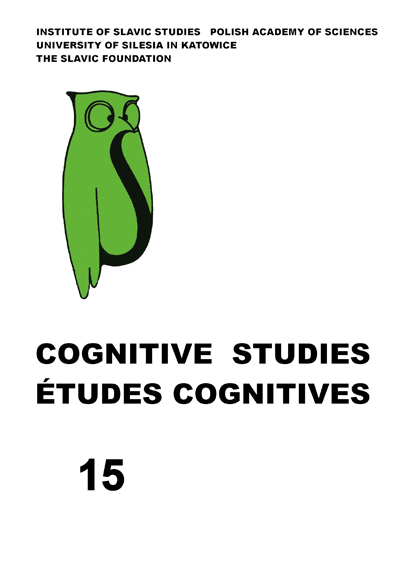The Current Evolution of Slavic Languages in Central and Eastern Europe in the Context of the EU Multilingualism Policy
The Current Evolution of Slavic Languages in Central and Eastern Europe in the Context of the EU Multilingualism Policy
Author(s): Wojciech Paweł Sosnowski, Pascal BonnardSubject(s): Language and Literature Studies, Theoretical Linguistics, Applied Linguistics, Comparative Linguistics, Sociolinguistics
Published by: Instytut Slawistyki Polskiej Akademii Nauk
Keywords: multilingualism; EU policies; analytical tendencies; analitism; trilingual parallel corpora; theoretical contrastive linguistics; contrastive non-lexical and lexical semantics
Summary/Abstract: The respect for and protection of cultural and linguistic diversity have long been guaranteed in various international and European legislative acts. More recently, the European Union has also developed laws aimed at the preservation and promotion of multilingualism. Linguistic diversity has long been seen as an obstacle to the effective functioning of EU institutions. Recently, however, it has been considered as a valuable “heritage” of the EU. In our article, we will present a brief overview of policies promoting multilingualism in Europe, and more specifically, in the EU. Subsequently, we will compare this framework to the changes occurring presently in modern Slavic languages of Central and Eastern Europe. The tendency of these languages towards increased analitism transforms these predominantly synthetic languages into more analytical ones. These conclusions have led us to the following question: What is the current state of modern Slavic languages and how far may their evolution be addressed by policies promoting multilingualism? Our analysis consists of two parts: first, we scrutinised various European legislative acts promoting multilingualism; second, we analysed modern Slavic languages by means of the parallel corpora of chosen languages from the Common Language Resources and Technology Infrastructure project (including UNESCO and EU legislation, etc.).
Journal: Cognitive Studies | Études cognitives
- Issue Year: 2015
- Issue No: 15
- Page Range: 397-411
- Page Count: 15
- Language: English

